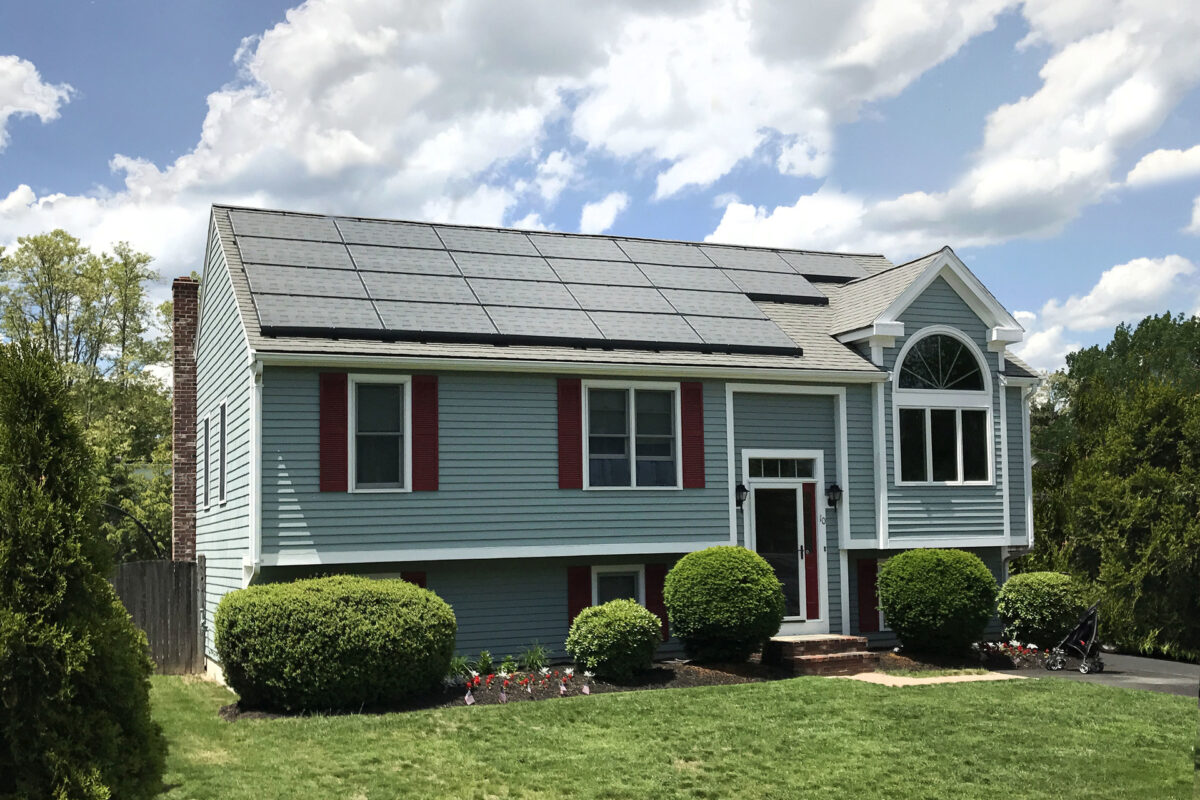The US House of Representatives passed the landmark Inflation Reduction Act of 2022, hailed as the most significant piece of climate legislation in history.
President Biden has already publicly announced he will sign the bill the moment it reaches his desk.
Inside the massive energy, climate, and tax bill is $600 billion in spending, $370 billion of which is focused on supporting renewable energy buildout and climate resilience. The spending will be supported by closing tax loopholes on ultra-wealthy Americans and corporations.
The IRA mandates a reduction of carbon emissions by roughly 40% in 2030. The bill is “long overdue and a necessary step to ensure the United States takes decisive action on the climate crisis that helps our economy and provides leadership for the world by example,” said former Vice President Al Gore.
Tax credits
One of the most significant provisions in the IRA was something the industry had been calling for all year: a long-term extension of the Investment Tax Credit. The bill mandates a 10-year extension of the tax credit at 30% of the cost of the installed equipment, which will then step down to 26% in 2033 and 22% in 2034. If the bill is passed, the 30% credit will be retroactively applied to anyone who installed their system since the beginning of 2022.
The 30% credit also applies to energy storage whether it is co-located or installed as standalone energy storage. This enables the retrofit of a battery to a solar array while taking advantage of the credit.
There are several “adders” for the tax credit depending on the type of organization, domestic product use, and project location. ROTH Capital Partners said that the investment tax credit could reach as high as 50% for some projects with the right adders applied.
The credit also includes the “direct pay” option, another provision the industry was calling for. This would allow a developer with little or no tax liability to treat the amount of credit as an overpayment of tax which would result a cash payment refund in the amount of such overpayment being made to the developer.
Made-in-USA
A recent Wood Mackenzie report estimated that with supportive policies, an additional 20 GW of US manufacturing could be added. The IRA includes over $60 billion for domestic manufacturing across the clean energy supply chain, which includes clean energy vehicles. Included in this is $30 billion in production tax credits to accelerate domestic manufacturing of solar panels, wind turbines, batteries, and critical minerals processing. About $10 billion investment tax credit is included to build new clean technology manufacturing facilities. National laboratories are granted $2 billion for National Labs to accelerate breakthrough energy research as part of the IRA.
Numerous tax credits for each component are mandated, including:
- Manufacturing credit: 100% credit through 2029, 75% in 2030, 50% in 2031, 25% in 2032.
- Thin film photovoltaic cell and crystalline photovoltaic cell: $.04 per cell capacity in Wdc.
- Photovoltaic wafer: $12/sq. meter.
- Solar grade polysilicon: $3/kg.
- Polymeric backsheet: $0.04/sq. meter.
- Solar module: $0.07 per module capacity in Wdc.
- Torque tube: $0.87/kg.
- Structural fastener: $2.28/kg.
- Central inverter: $0.25 per capacity Wac.
- Commercial inverter: $0.015 per capacity Wac.
- Residential inverter: $0.06 per capacity Wac.
- Microinverter: $0.11 per capacity on Wac.
- Battery module: $10 per battery module capacity kWh.
- Critical mineral: 10% of costs incurred.
- Battery cell: $35 per battery cell capacity kWh.
“With long-term incentives for clean energy deployment and manufacturing, the solar and storage industry is ready to create hundreds of thousands of new jobs and get to work building out the next era of American energy leadership,” said Abigail Ross Hopper, president and cofounder of SEIA.
Impact
Under the IRA, Princeton University researchers said that solar deployment may accelerate from 2020 rates of 10 GW of capacity added per year to nearly five times as much by 2024, adding 49 GW of utility-scale solar each year. Solar deployment may be well over 100 GW per year by 2030, said Princeton.
Investment in solar could reach $321 billion in 2030, nearly double the figure of $177 billion expected under current policy. The Act would lead to nearly $3.5 trillion in cumulative capital investment in new American energy supply through the next decade, said Princeton.
Annual US energy expenditures are expected to fall by at least 4% in 2030 under the act, a savings of nearly $50 billion dollars per year for households, businesses and industry. This translates into hundreds of dollars in annual energy cost savings for US households. Tax credits, rebates, and federal investments in the Act would shift costs from energy bills to the progressive federal tax base.
The REPEAT report said the Inflation Reduction Act could cut annual emissions in 2030 by an additional 1 billion metric tons below current policy, including the impacts from the Bipartisan Infrastructure Law. This would represent closing two-thirds of the remaining emissions gap between current policy and the nation’s 2030 target of lowering emissions 50% below 2005 levels.
“It really makes me incredibly optimistic,” said Princeton’s Jesse Jenkins. “It doesn’t get us all the way there on its own, but it keeps us in the climate fight.”
This content is protected by copyright and may not be reused. If you want to cooperate with us and would like to reuse some of our content, please contact: editors@pv-magazine.com.










As long as the fossil-fuel industry is going to continue to be given tax-payer subsidies, renewable energy should get them as well – even more so. Glad to see it happening. Looking forward to the day when oil is only used to synthesize plastics, etc rather than being burned and dumped into our atmosphere.
Amen, and as the fossils are down-ramped, that support should be shifted to renewables!